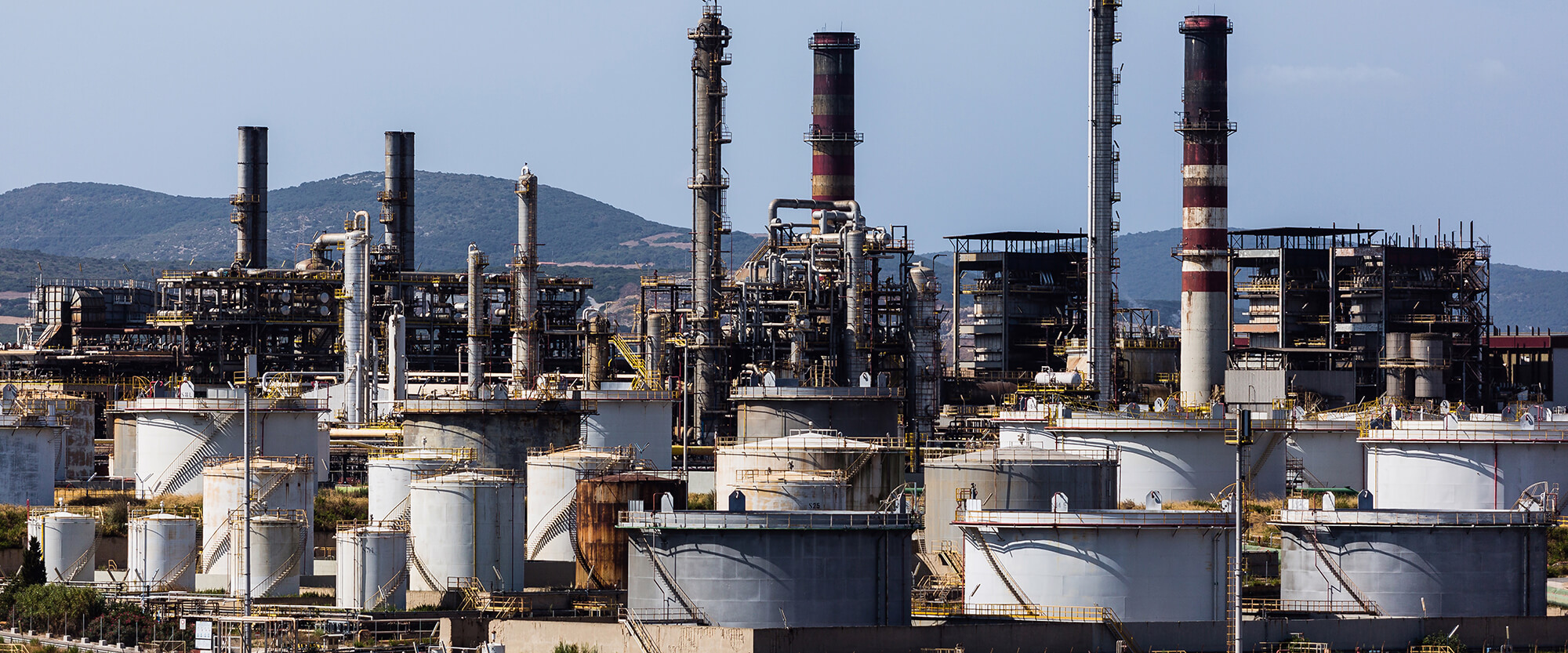
Unsaturated polyester resin (UPR) and general resins have some key differences from the perspective of a chemical plant. Here are the distinctions and important considerations during the production and application processes:
Composition:
UPR: Unsaturated polyester resin is a type of thermosetting polymer derived from the condensation reaction of unsaturated dibasic acids or anhydrides with diols or polyols. It also contains a reactive monomer like styrene to provide cross-linking ability.
General resins: This term encompasses a broad range of resins, including thermoplastics and thermosetting polymers, such as polyethylene, polypropylene, polyurethane, and epoxy. The composition varies depending on the specific type of resin.
Cross-linking and Curing:
UPR: UPR undergoes cross-linking and curing reactions when combined with a catalyst (typically peroxides) and a reactive monomer (such as styrene). This results in the formation of a rigid and durable network structure.
General resins: Depending on the type of resin, curing can occur through various methods such as heat, UV light, or chemical initiators.
Production considerations for UPR:
Raw materials: Careful selection of unsaturated dibasic acids or anhydrides, diols or polyols, and reactive monomers is crucial for obtaining desired resin properties.
Mixing and blending: Precise control of the reaction conditions, such as temperature, catalyst concentration, and reaction time, is necessary to achieve the desired resin characteristics.
Safety: Proper handling and storage of reactive monomers like styrene, as well as the appropriate disposal of by-products, are essential to ensure worker safety and minimize environmental impact.
Application considerations for UPR:
Reinforcement: UPR is commonly used in combination with reinforcement materials like fiberglass, carbon fiber, or fillers to enhance mechanical properties.
Curing conditions: Controlling the curing temperature, time, and atmosphere during application is critical to achieving optimal curing and ensuring the final product’s performance.
Health and safety: The use of appropriate personal protective equipment (PPE) and ensuring adequate ventilation is necessary when working with UPR to prevent exposure to styrene and other potentially harmful substances.
It is important to note that the specifics of production and application processes may vary depending on the exact resin formulation, intended use, and industry standards. Therefore, it is recommended to consult specific technical guidelines and regulatory requirements for the production and application of unsaturated polyester resin or any other resin types.
